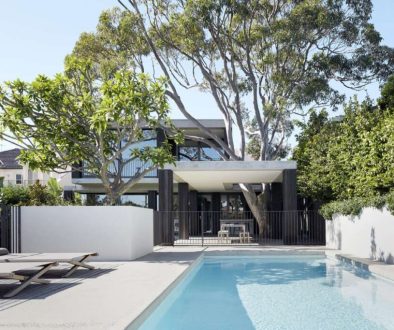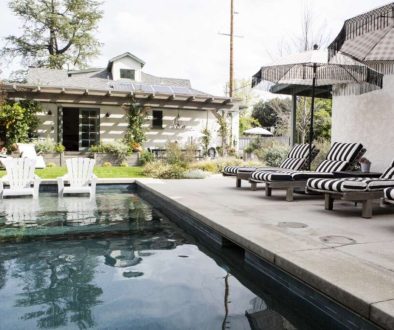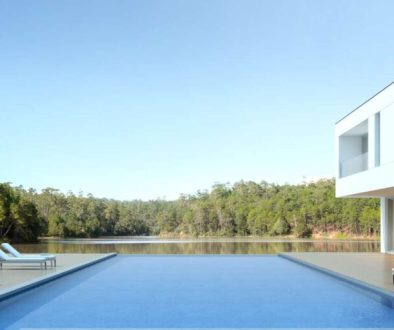Tips for Managing Multi-Use Commercial Buildings
Tips for Managing Multi-Use Commercial Buildings
Managing multi-use commercial buildings presents unique challenges and opportunities that require strategic planning and execution. This blog post delves into essential tips for effectively managing these properties, covering tenant relations, maintenance, legal considerations, and more. Whether you’re a seasoned property manager or new to the world of commercial real estate, these insights will help you maximize occupancy rates, maintain strong tenant relationships, and ensure the longevity of your investments.
Introduction
In the ever-evolving landscape of commercial real estate, multi-use buildings have become increasingly popular due to their versatility and potential for higher income streams. These properties often combine office spaces, retail outlets, and residential units, creating a vibrant community within a single structure. Managing such diverse spaces can be both rewarding and complex, requiring a unique set of skills and approaches. From balancing the needs of various tenants to ensuring regulatory compliance, effective management of multi-use commercial buildings is crucial for success. In this article, we will explore several key strategies to help you navigate the intricacies of multi-use property management.
Understanding Tenant Needs
- One of the most critical aspects of managing a multi-use building is understanding the diverse needs of your tenants. Each tenant type, be it commercial or residential, will have specific requirements regarding space, utilities, and amenities.
- Conducting regular surveys and feedback sessions can help you gauge tenant satisfaction and identify areas for improvement. For instance, retail tenants may prioritize foot traffic and visibility, while residential tenants may focus on amenities like laundry facilities and parking availability.
- Creating a sense of community within the building can greatly enhance tenant satisfaction. Organize events, provide shared services, or create communal spaces where tenants can interact and network. This fosters a positive atmosphere and can lead to higher retention rates.
Streamlining Maintenance and Operations
- Efficient maintenance processes are vital for the smooth operation of multi-use buildings. Establish a clear maintenance protocol that includes routine inspections and prompt response to tenant requests.
- Implementing a property management software can aid in tracking maintenance tasks, scheduling repairs, and managing tenant requests. This technology can reduce response times and improve tenant satisfaction by ensuring that issues are addressed promptly.
- It’s essential to keep the building well-maintained for both aesthetic and practical reasons. Regular upkeep not only enhances the property’s appearance but also prevents larger, costlier repairs down the line.
Navigating Legal and Regulatory Issues
- Multi-use buildings must comply with a myriad of legal and regulatory requirements, ranging from zoning laws to safety codes. Staying informed about local regulations is essential for avoiding costly fines and ensuring tenant safety.
- Work with legal experts to draft comprehensive leases that clearly outline tenant responsibilities, property usage guidelines, and the procedures for lease termination. This protects both the landlord and tenants and helps prevent disputes.
- Regularly review and update your policies to reflect any changes in legislation or market conditions. This proactive approach can save time and resources in the long run and help maintain a good relationship with tenants.
Effective Marketing Strategies
- Marketing multi-use buildings requires a tailored approach that highlights the unique advantages of the property. Create detailed listings that showcase available spaces, emphasizing their features, benefits, and proximity to local amenities.
- Utilize online platforms and social media to reach potential tenants. High-quality images, virtual tours, and testimonials can significantly enhance your marketing efforts and draw interest.
- Networking with local businesses and community organizations can help spread the word about your property. Consider hosting open houses or community events to attract prospective tenants and build relationships.
Financial Management and Reporting
- Effective financial management is crucial for the sustainability of any multi-use commercial property. Develop a comprehensive budget that includes all operating expenses, maintenance costs, and expected income from tenants.
- Regularly review financial reports to assess the performance of the property. This should include analysis of vacancy rates, rental income, and maintenance costs. By monitoring these metrics, property managers can identify trends and make informed decisions.
- Consider working with a financial advisor to explore potential tax benefits and investment opportunities that can enhance profitability. Proper financial planning can lead to greater returns on investment and ensure long-term success.
Building Strong Relationships with Tenants
- Fostering strong relationships with tenants is essential for maintaining high occupancy rates and encouraging renewals. Open lines of communication are vital—ensure that tenants know how to reach management with questions or concerns.
- Regular check-ins can help you stay informed about tenant satisfaction and any issues that may arise. By being approachable and responsive, you can effectively address concerns before they escalate.
- Consider implementing loyalty programs or incentives for long-term tenants. This could be a rent discount, priority access to amenities, or other perks that enhance tenant satisfaction and promote loyalty.
Embracing Technology in Property Management
- The property management landscape is continually evolving, and technology plays an essential role in streamlining operations. From tenant management systems to smart building technologies, leveraging tech can enhance efficiency.
- Implementing online payment systems simplifies rent collection and improves cash flow. Tenants appreciate the convenience of digital transactions, which can lead to increased satisfaction.
- Consider integrating smart building technologies that enhance energy efficiency and security. Features such as smart thermostats, security cameras, and energy management systems can attract tenants and reduce long-term operating costs.
Preparing for Seasonal Changes
- Seasonal changes can significantly impact multi-use buildings, especially those with outdoor spaces or weather-sensitive operations. Preparing for these changes is crucial to ensure tenant comfort and safety.
- Develop seasonal maintenance checklists, including HVAC inspections, roof evaluations, and landscaping needs. Addressing these items proactively can prevent issues from arising during peak seasons.
- Encourage tenants to prepare for seasonal changes as well. Providing guidelines for winterization or summer maintenance can help ensure that the property remains in good condition and that tenants are satisfied year-round.
Conclusion
Managing multi-use commercial buildings is a complex yet rewarding undertaking. Understanding tenant needs, streamlining maintenance, navigating legal requirements, and employing effective marketing strategies are all essential components of successful management. By focusing on financial management, building strong relationships with tenants, and embracing technology, you can enhance the performance of your property and foster a thriving community. As the landscape of commercial real estate continues to evolve, staying informed and adapting your strategies will ensure that your multi-use building remains competitive and successful.



